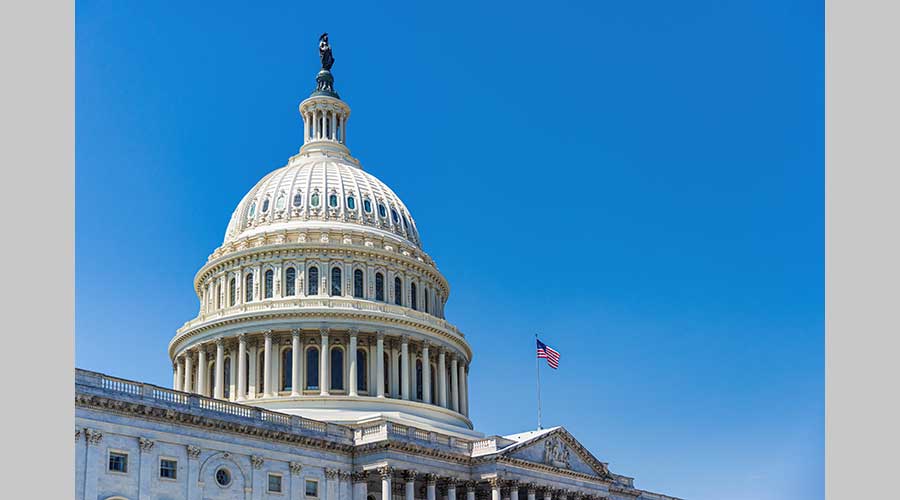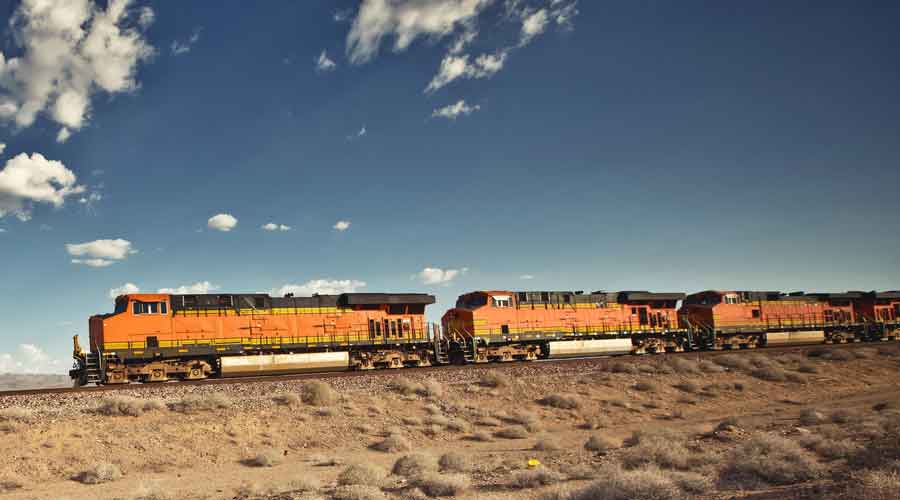Newsletter Sign Up
Stay updated on news, articles and information for the rail industry
Stay updated on news, articles and information for the rail industry
Rail News Home
High-Speed Rail
Rail News: High-Speed Rail
2/10/2011
Rail News: High-Speed Rail
U.S. High Speed Rail Summit: Day Two Overview
advertisement
Day one of the U.S. High Speed Rail Association's high-speed rail summit in Washington, D.C., centered around Tuesday morning's announcement that the Obama Administration was proposing $53 billion for high-speed rail in the next surface transportation bill. Day two centered around how the United States was going to fund it.
Following remarks during yesterday's opening session given by House Transportation and Infrastructure Committee Chairman John Mica (R-Fla.) (see his comments here), attendees heard a group of business representatives discuss the role the private sector could play in financing high-speed rail.
The general message: Private companies can play a role in U.S. high-speed rail development, but don’t overestimate those companies' abilities. The private sector would be expected to take on a lot of risk with HSR projects, and companies need to make sure they have a clearly defined role and that the return on investment is worth it.
"The talk about high-speed rail is heavy on policy goals, vision and financial objectives, but less detailed is the execution of the plan," said Robert Dove, managing director of investment firm Carlyle Group. "There’s a disconnect between key parties on when and how private investment plays a role."
And unless HSR stakeholders can better outline that role, there's a chance private investment won’t be available when it’s needed, Dove said.
In addition, some states might be expecting too much from private-sector partners. For example, the Florida Rail Enterprise is expecting its eventual consortia partner to take on ridership risks, cost overrun risks and come up with the state matching funds for the Tampa-Orlando project, says AECOM Vice President, Strategic Programs John Barna.
"That doesn't mean the private sector isn't willing to look at it, but at the end of the day, it might be a big lift," he said.
In California, HSR leaders need to better articulate their vision before the private sector will agree to participate, Barna said.
"If they want the private sector to be a major player, they have to be willing to listen to what the private sector is willing to do and what they can do, and they will have to be an advocate within the state government and legislature to ensure this is an appropriate role for the private sector," he said.
After lunch, summit attendees heard from Sen. Mark Kirk (R-Ill.), who is newly elected to the Senate after serving for nine years in the House. Kirk supports investment in high-speed rail — and infrastructure in general — but only if the private sector participates, as well.
"Congress will not fund high-speed rail at $53 billion," he said, adding that Congress would support a plan that uses some federal funds filled in with private dollars. "If we put this together in the right way, money will find the projects. If we rely on the federal government to fund this, it will fail."
And Kirk doesn’t envy Mica's mission to put together a surface transportation bill that proposes long-term funding for HSR.
"Congressman Mica faces a daunting task. If he puts high-speed rail in, it would probably weaken support for the transportation bill," he said. "But if we put public-private partnerships in there, it will probably add Republican support up front and make the bill more bullet proof."
— Angela Cotey
Following remarks during yesterday's opening session given by House Transportation and Infrastructure Committee Chairman John Mica (R-Fla.) (see his comments here), attendees heard a group of business representatives discuss the role the private sector could play in financing high-speed rail.
The general message: Private companies can play a role in U.S. high-speed rail development, but don’t overestimate those companies' abilities. The private sector would be expected to take on a lot of risk with HSR projects, and companies need to make sure they have a clearly defined role and that the return on investment is worth it.
"The talk about high-speed rail is heavy on policy goals, vision and financial objectives, but less detailed is the execution of the plan," said Robert Dove, managing director of investment firm Carlyle Group. "There’s a disconnect between key parties on when and how private investment plays a role."
And unless HSR stakeholders can better outline that role, there's a chance private investment won’t be available when it’s needed, Dove said.
In addition, some states might be expecting too much from private-sector partners. For example, the Florida Rail Enterprise is expecting its eventual consortia partner to take on ridership risks, cost overrun risks and come up with the state matching funds for the Tampa-Orlando project, says AECOM Vice President, Strategic Programs John Barna.
"That doesn't mean the private sector isn't willing to look at it, but at the end of the day, it might be a big lift," he said.
In California, HSR leaders need to better articulate their vision before the private sector will agree to participate, Barna said.
"If they want the private sector to be a major player, they have to be willing to listen to what the private sector is willing to do and what they can do, and they will have to be an advocate within the state government and legislature to ensure this is an appropriate role for the private sector," he said.
After lunch, summit attendees heard from Sen. Mark Kirk (R-Ill.), who is newly elected to the Senate after serving for nine years in the House. Kirk supports investment in high-speed rail — and infrastructure in general — but only if the private sector participates, as well.
"Congress will not fund high-speed rail at $53 billion," he said, adding that Congress would support a plan that uses some federal funds filled in with private dollars. "If we put this together in the right way, money will find the projects. If we rely on the federal government to fund this, it will fail."
And Kirk doesn’t envy Mica's mission to put together a surface transportation bill that proposes long-term funding for HSR.
"Congressman Mica faces a daunting task. If he puts high-speed rail in, it would probably weaken support for the transportation bill," he said. "But if we put public-private partnerships in there, it will probably add Republican support up front and make the bill more bullet proof."
— Angela Cotey


 LRW Honors Amtrak’s Acheson As Railway Woman Of The Year
LRW Honors Amtrak’s Acheson As Railway Woman Of The Year
 From Editor-In-Chief Foran: Of Gender Equity And Inclusion
From Editor-In-Chief Foran: Of Gender Equity And Inclusion
 Spotlight On Some Of Today’s Rail Safety Products
Spotlight On Some Of Today’s Rail Safety Products
 Women of Influence in Rail eBook
Women of Influence in Rail eBook
 railPrime
railPrime







